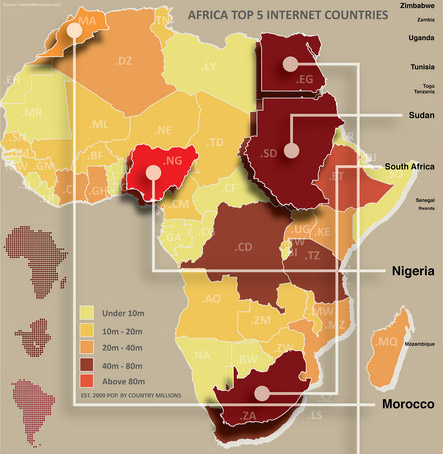The “marriage” of David Cameron and Nick Clegg offers Britain a chance to avoid America’s polarized politics—and get truly creative in solving the country’s problems.
I was just in London, where bookmakers are now betting on whether David Cameron and Nick Clegg will set a new standard for blended governance or be one of the shortest political marriages in history. I hope for the latter, as this could turn out to be one of the most important partnerships for driving societal creativity and innovation that we have seen in a century.
I say this for several reasons.
Cameron was seen as someone who “gets it” even if he is a conservative—one would be harder pressed to imagine an American conservative enjoying the same reception.





 The drive toward offshore wind, however, may be driven more by politics than economic and energy policy. Offshore wind farms cost up to twice as much as land-based wind installations, but they offer political leaders in densely populated U.S. coastal states a source of local energy other than offshore oil and gas. "They want their energy to be local. They want to harvest it inside their own state. And for the first time they can conceive of that possibility," says Walt Musial, who leads offshore wind energy research activities for the U.S. Department of Energy's
The drive toward offshore wind, however, may be driven more by politics than economic and energy policy. Offshore wind farms cost up to twice as much as land-based wind installations, but they offer political leaders in densely populated U.S. coastal states a source of local energy other than offshore oil and gas. "They want their energy to be local. They want to harvest it inside their own state. And for the first time they can conceive of that possibility," says Walt Musial, who leads offshore wind energy research activities for the U.S. Department of Energy's  Convincing Internet service providers to pinpoint infected computers on their networks could eliminate the lion's share of zombie computers responsible for churning out spam and initiating other online threats, according to a new analysis.
Convincing Internet service providers to pinpoint infected computers on their networks could eliminate the lion's share of zombie computers responsible for churning out spam and initiating other online threats, according to a new analysis.


 The Science, Technology and Innovation Global Expert Team
The Science, Technology and Innovation Global Expert Team

 "This is a terrific opportunity
for businesspeople to learn first-hand about the incredible
opportunities Brazil has to offer technology companies for both
multinationals and start-ups,” said Mr. Weichselbaumer. “The climate to
establish or expand businesses in Brazil has never been more favorable.”
"This is a terrific opportunity
for businesspeople to learn first-hand about the incredible
opportunities Brazil has to offer technology companies for both
multinationals and start-ups,” said Mr. Weichselbaumer. “The climate to
establish or expand businesses in Brazil has never been more favorable.”
 The race to own your virtual identity is on. In announcements made just days apart at the end of April, Facebook and the Mozilla Foundation launched parallel efforts to extend the way users are identified and connected on the Web.
The race to own your virtual identity is on. In announcements made just days apart at the end of April, Facebook and the Mozilla Foundation launched parallel efforts to extend the way users are identified and connected on the Web. BEIJING, May 13 -- China is an Asian country with many neighboring countries. There are 14 countries border China, plus countries that face China across the sea, China has more than 20 surrounding countries.
BEIJING, May 13 -- China is an Asian country with many neighboring countries. There are 14 countries border China, plus countries that face China across the sea, China has more than 20 surrounding countries. Green usually reminds people of the environment or money, but in the case of Vice President Joe Biden’s Conservation Bloc Grants for General Innovation in Education, it should strike both tunes.
Green usually reminds people of the environment or money, but in the case of Vice President Joe Biden’s Conservation Bloc Grants for General Innovation in Education, it should strike both tunes.

